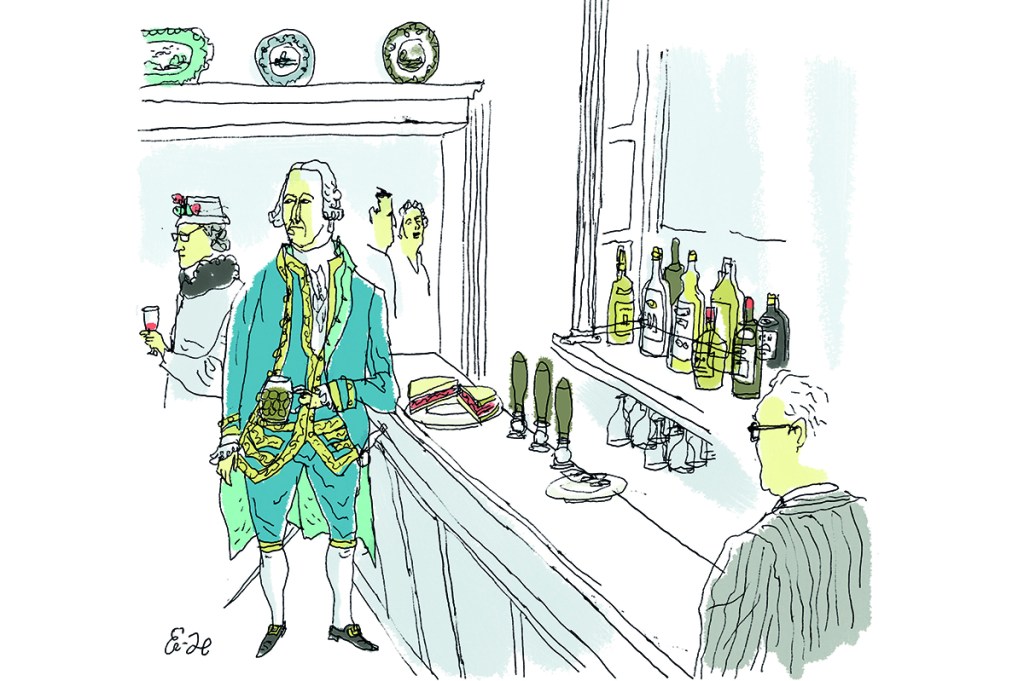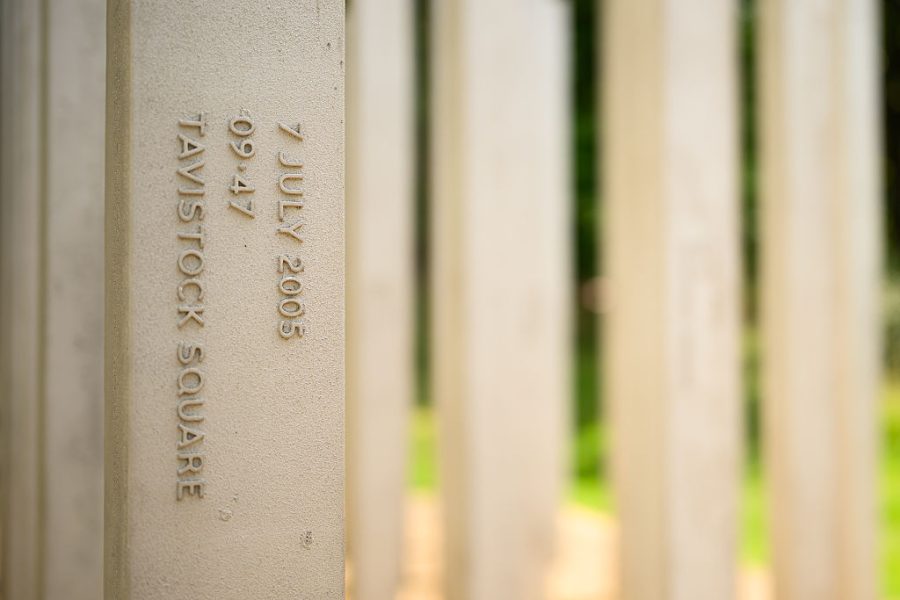Hannah Moore’s June Spectator piece on sandwiches made me hungry. Then it made me think. Ms Moore makes a sound distinction between modern Britain’s plastic-boxed, triangular ‘sandwich’ and the custom-made, piled-high, endlessly imitated, seldom-matched product of a good New York or Chicago delicatessen. Why, one wonders, do the Brits put up with it?
Landing in countless foreign ports over the years, for business or pleasure, I’ve always wondered, pretty much before wondering about anything else, ‘What’s the food like?’ Almost always, I’ve liked what it was like. In the age of real borders and undiluted ethnicities, food was a powerful expression of locality. Take it or leave it: Dutch eels or French frogs or German Würste — or for that matter English sandwiches — offered themselves without apology to native and newcomer alike.
Consider an example. On a visit to friends in Ascot in the 1970s, as time for lunch rolled around, we headed for their local: the Thatched Tavern, a public house since 1480. The Thatched is still going strong, with a menu clearly in gastropub territory. Back then, it was, well, just a pub — drinks mainly, with grub of the old English variety at lunchtime only: cottage pie, steak and kidney pudding, fish and chips, sausage and mash, and of course sandwiches. Simple fare that a cook alone could manage; no chef need apply. Nor were customers bothered with virtuous annotations as to where the ingredients were ‘sourced’. Your meal came from the kitchen, fresh and with dispatch. Accompanied by a pint of best bitter, it made for a fine lunch for not much more than £1.
For smaller appetites, the sandwiches filled the bill. They were ‘fresh-cut’, made to order and cut once on the diagonal. Variety was not the point; variations on a few traditional ingredients sufficed: cheese (always cheddar) and tomato; ham and tomato; cheese and ham; cheese and Branston pickle; egg and cress; sliced chicken, perhaps with curry; roast beef for an extra 10 pence. Going Henry Ford — ‘You can have any color you want, as long as it’s black’ — one better, you could choose between two kinds of bread: white or brown, and always buttered. Your sandwich was served on a small plate with a waxy paper napkin and never a green pickle. You ate it with one hand, not two, leaving the other free to slosh your beer, gesticulate, or enjoy a lunchtime smoke.
The America I was coming from in the 1970s was fast being taken over by fast food, a scourge soon enough to Britain but not quite yet. My Thatched Tavern lunch therefore struck me as about as pleasant a thing as the green and pleasant Berkshire landscape that surrounded it. It was unpretentious and solidly good, which was good enough. I see now that it was in 1979 that Marks & Spencer first started pre-packaging sandwiches in the now-ubiquitous triangular containers. All bear a sell-by date (which customers are wise to respect); none is exactly fresh-cut — a long way indeed from the pub fare of yore and an evil harbinger of the lunch-at-your-desk habits soon to triumph everywhere. The Marks & Sparks marketers got it dead right.
Last visiting England pre-plague, I encountered these modern travesties in a setting that made them more awful yet: in the Cunard departure hall in Southampton, awaiting embarkation on the Queen Mary to New York. There they were (even Coronation Chicken), neatly displayed in their refrigerated glory at the sole caterer in that vast hangar-like space. There appeared to be few takers; I took only a picture. Yes, I am a sentimentalist: we were in England only for a short time more, and a parting shot of good English food was what I wanted.
That which I can no longer find in England, I can easily enough replicate in my own kitchen. For this legacy of Mother Country to her American offspring I am forever grateful. My hankering for old-fashioned English sandwiches, calling only for modest amounts of plain ingredients and yielding a tasty, modestly portioned repast, is not just nostalgic. It is a judgment about something we have lost in our food culture and not our food culture alone: wholesomeness, simplicity, a sense of sufficiency. I am off now to make that cheese-and-pickle. Try it.
This article was originally published in The Spectator’s November 2021 World edition.

























